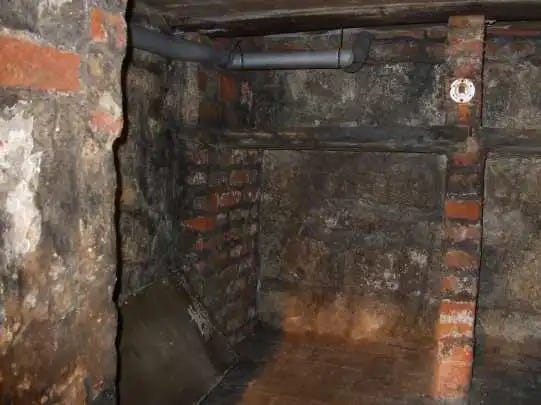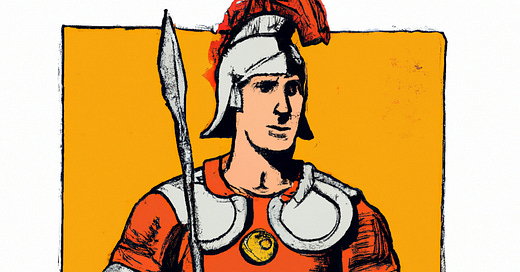Outside of London, many of the small towns and cities of England have a thing. Bath’s thing is the Roman baths, preserved in remarkable condition although you’re no longer allowed to swim in them due to the presence of brain-eating amoebae. Glastonbury’s thing is maybe being the mystical Isle of Avallon and definitely a sacred place for Wiccans and neopagans of all striples. Oxford’s thing is being Oxford. And so on.
York’s thing is ghosts. Strictly speaking I’m not sure it needs them — it’s a gorgeous city, boasting the phenomenal York Minster, well-preserved city walls, and The Shambles.[1] Moreso perhaps than even Gettysburg or Williamsburg, though, it’s absolutely packed with advertisements for ghost tours. For a fee you can spend the night in haunted rooms, like those behind the phenomenally named House of Trembling Madness pub, hidden in an obscure little courtyard. I’m not sure when York’s fixation on the ghostly started, but I’m sure it owes a lot to the fact that it once played host to very possibly the best ghost story of all time.
I don’t say “best” as in creepiest; there are lots of scarier tales out there. York’s ghost story is the best because it’s a ghost-believer’s dream, presenting — as far as I can tell — actual, verifiable information which was unknown to the witness. Maybe.
Let’s start. It’s 1953 and 18 year old Harry Martindale is in the basement of the Treasurer’s House, a grand pile adjacent to the Minster. He’s an apprentice plumber, and he’s working down there on his own when he hears what the sound of something like a trumpet. He looks down at the wall on which his ladder rested — where the sound had come from — just in time to see a man in Roman garb stride through it. Here’s how he described it years later:
"I heard a sound the only way I can describe it is the sound of a musical note. It was just like a trumpet blaring out no tune, just a blare. At the same time, a figure came out of the wall. And the head of the figure was in line with my waist, with a shining helmet.

The first man was followed by another sitting astride a horse and then a whole column of soldiers, between 12 and 20, all walking two by two. They were shabby in appearance, and none much taller than 5 feet. They were unshaven, which is unusual. Also unusual were their green tunics (not a color most would associate with Roman soldiers, who usually wore red) and their round shields. Most oddly, their legs cut off at about the knee — the rest had sunk into the floor through which they walked.
But a few things support Martindale’s account. First, there is a Roman road about 15 to 18 inches below the surface of the cellar in which he was working — just the right level for their feet to be on it with their knees appearing above the floor. This seems not to have been excavated for years after Martindale had his experience, though I can’t be sure that it wasn’t known about prior to the excavation.
Second, those round shields. Danny Robbins, in his new book Into the Uncanny, claims that historians scoffed at this bit when Martindale’s story first became public, as there was no evidence of Roman soldiers in Britain carrying round shields rather than the curved rectangular ones which are vastly more common. However, as Robbins writes,
further research revealed that in the fourtht century AD soldiers carrying round shields did indeed replace the Sixth Legion in York. There seemed no way Harry could have possibly known this.
So, you know, there’s that.


